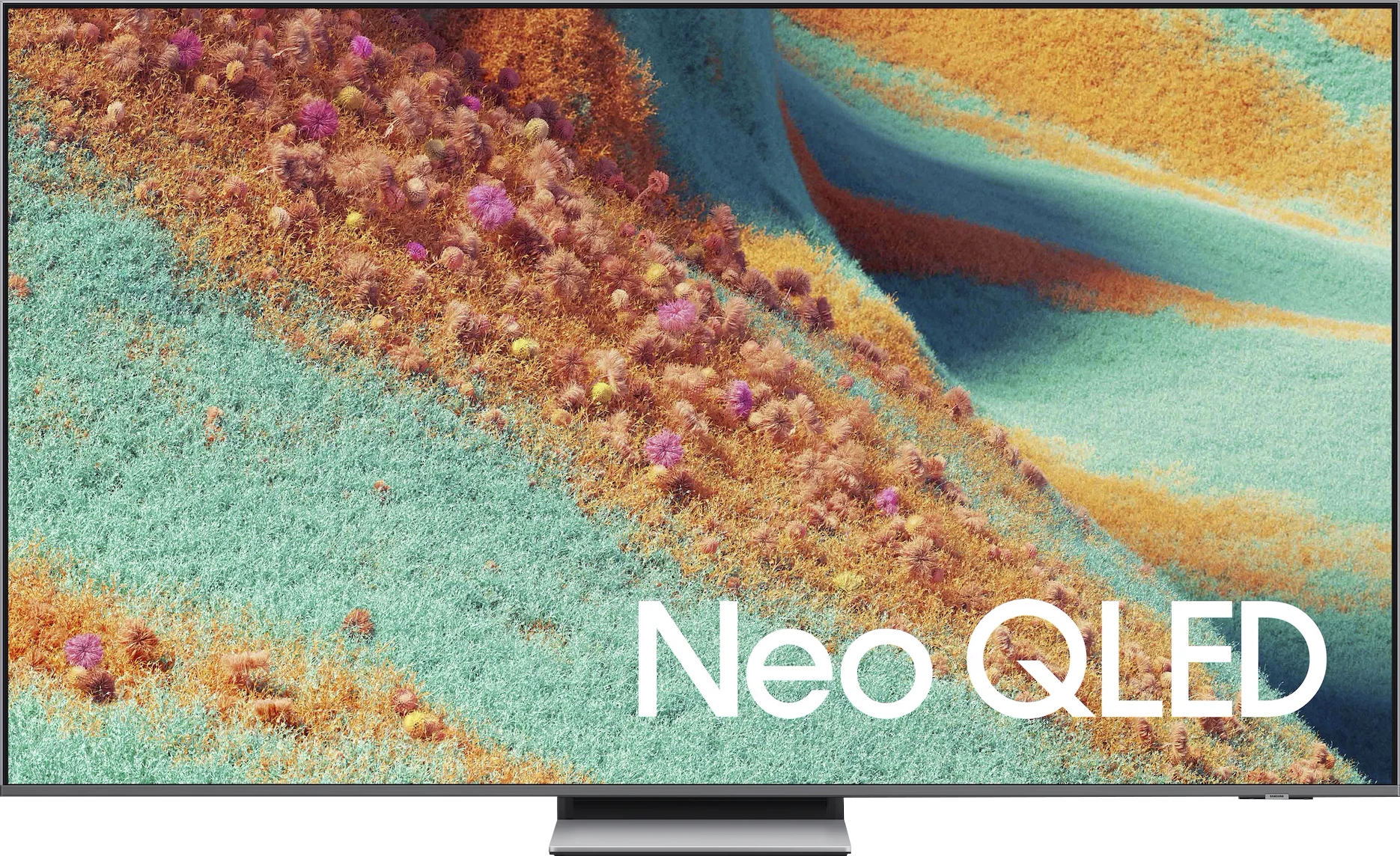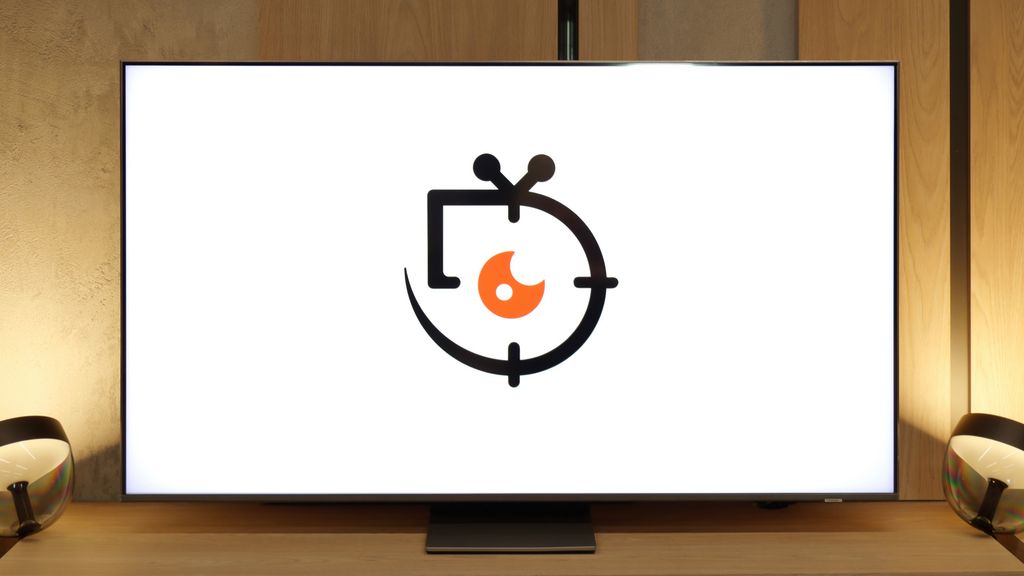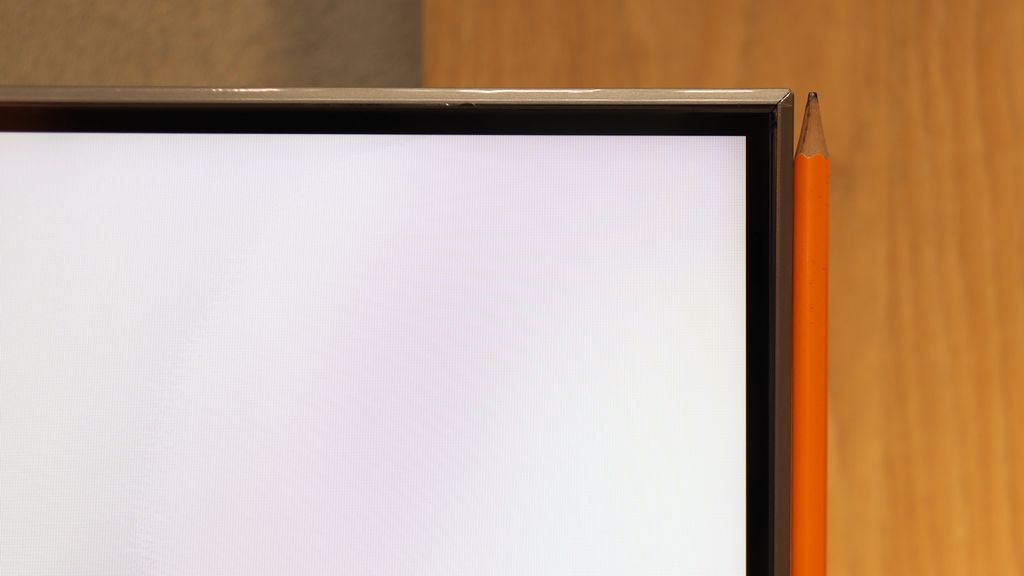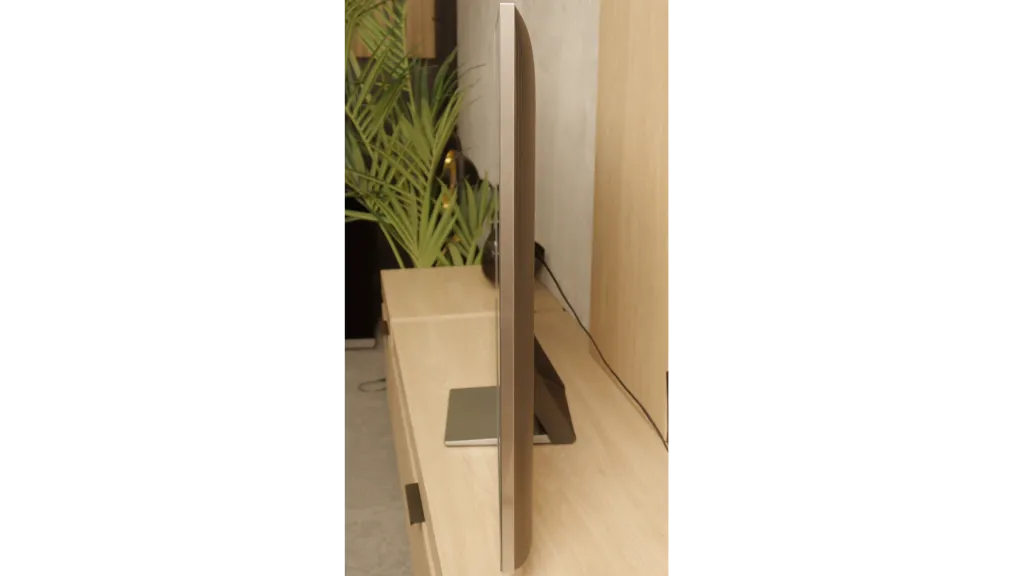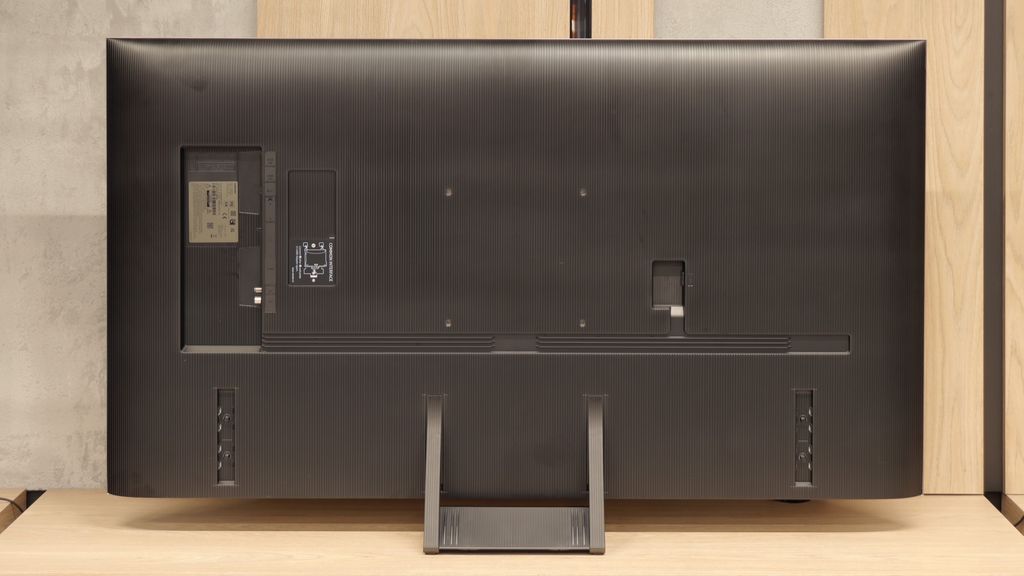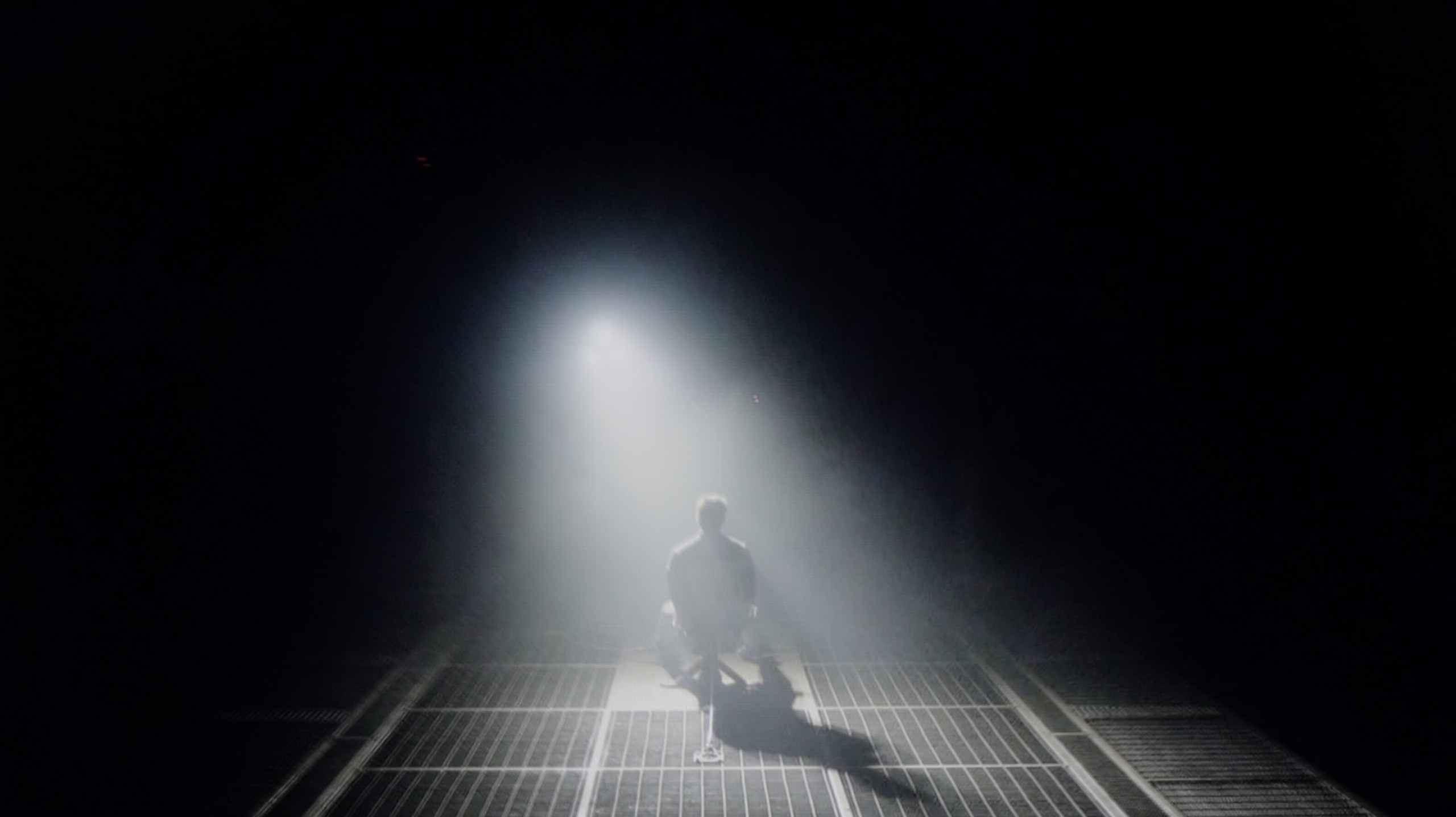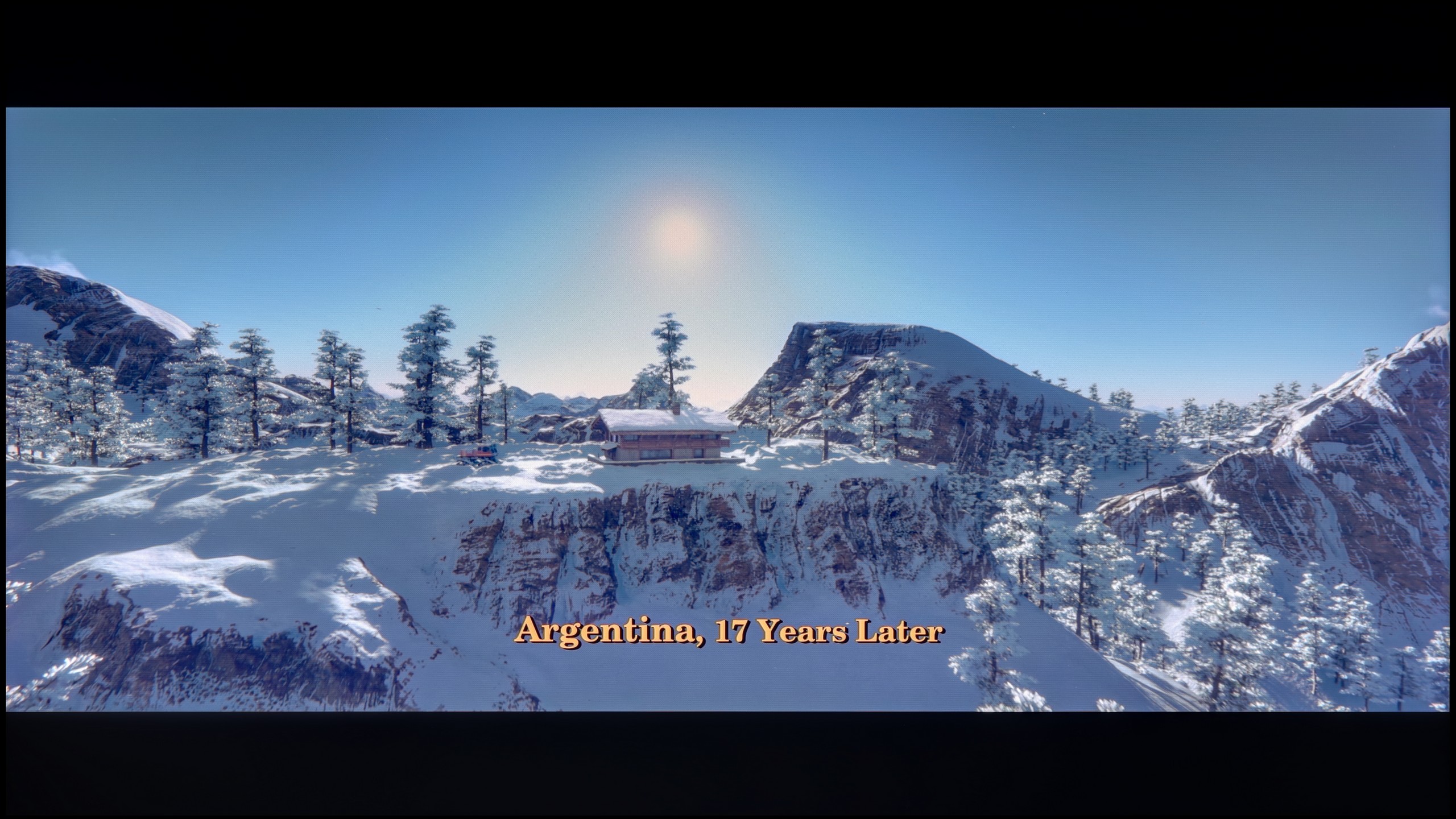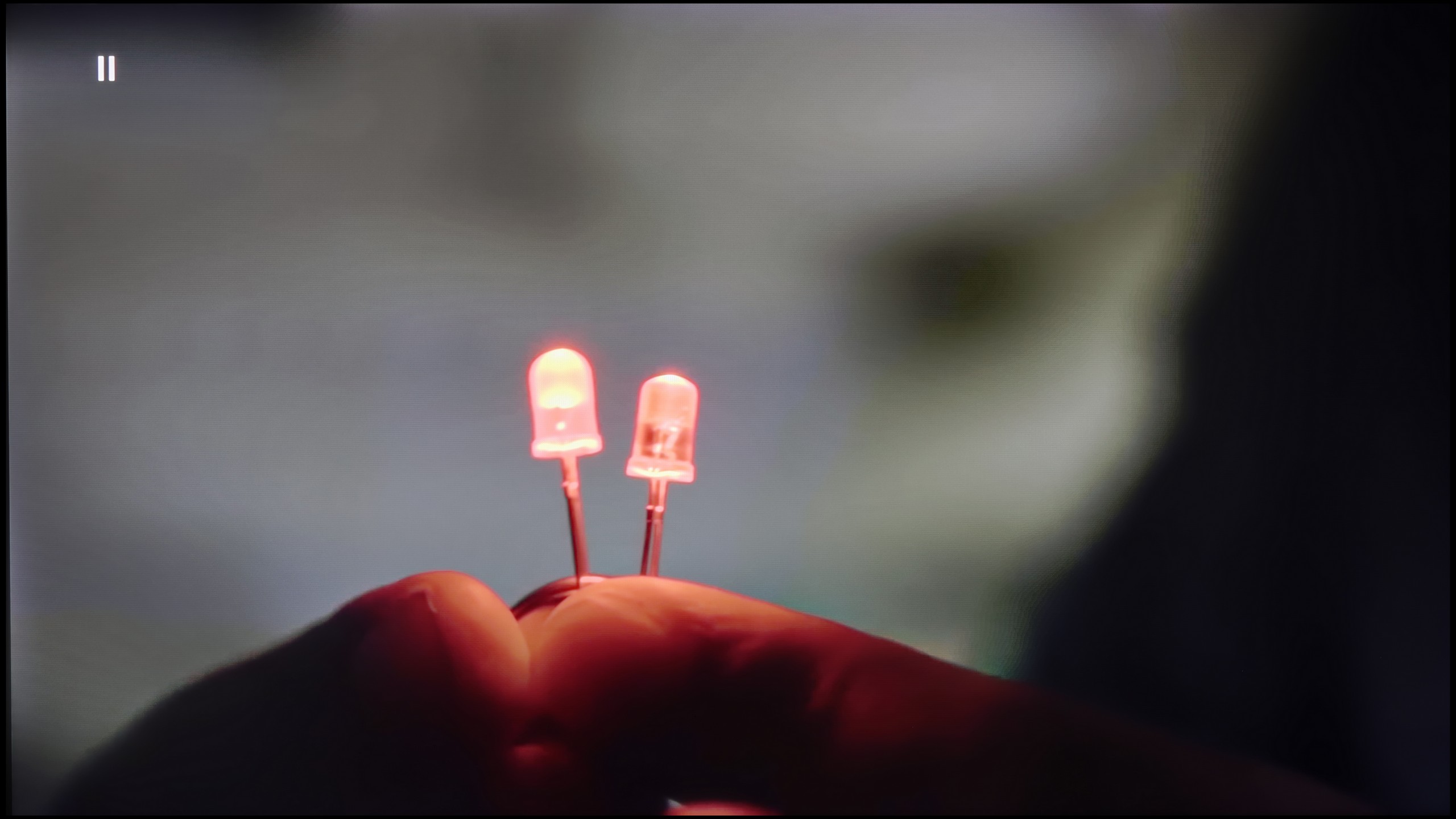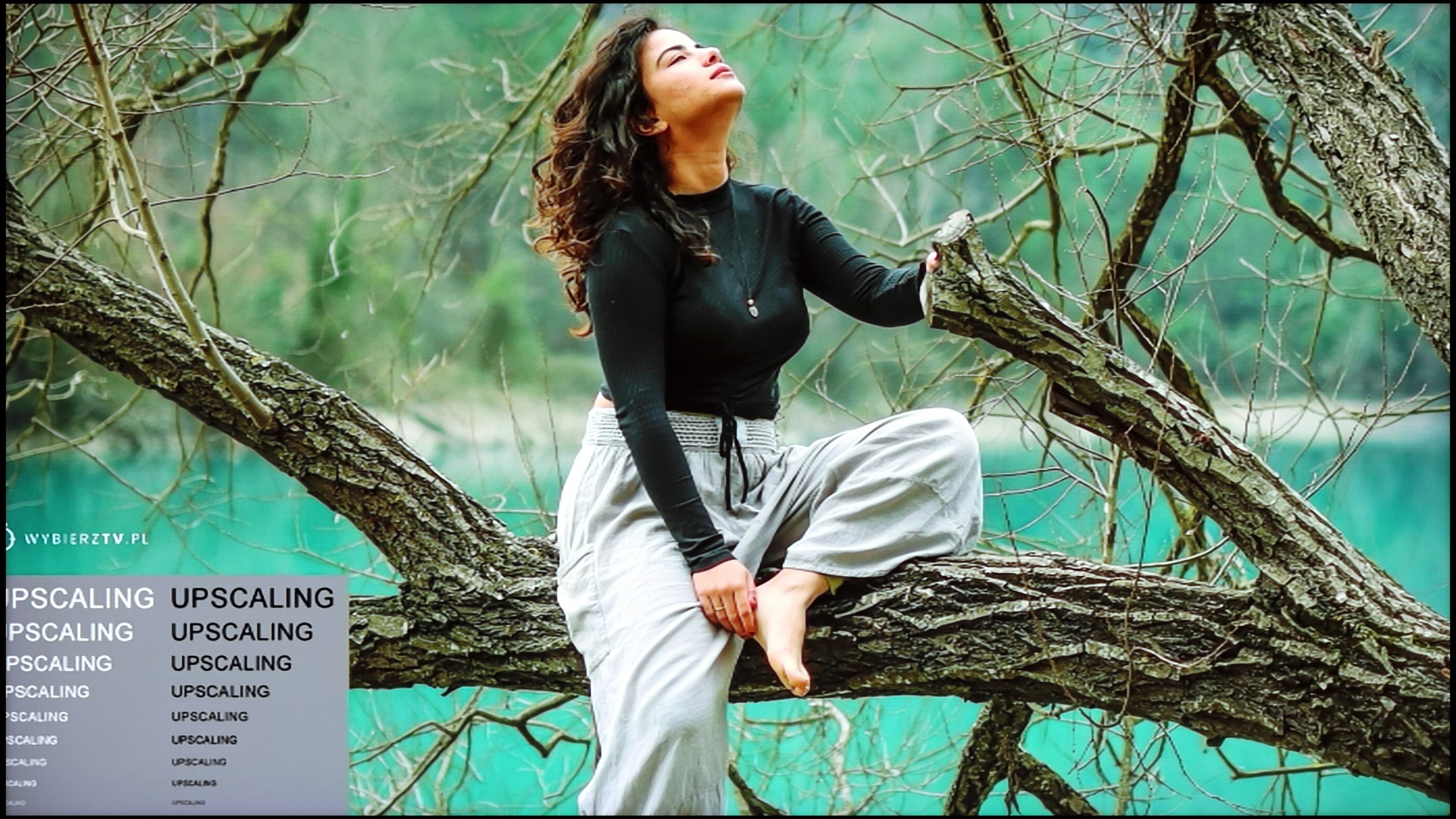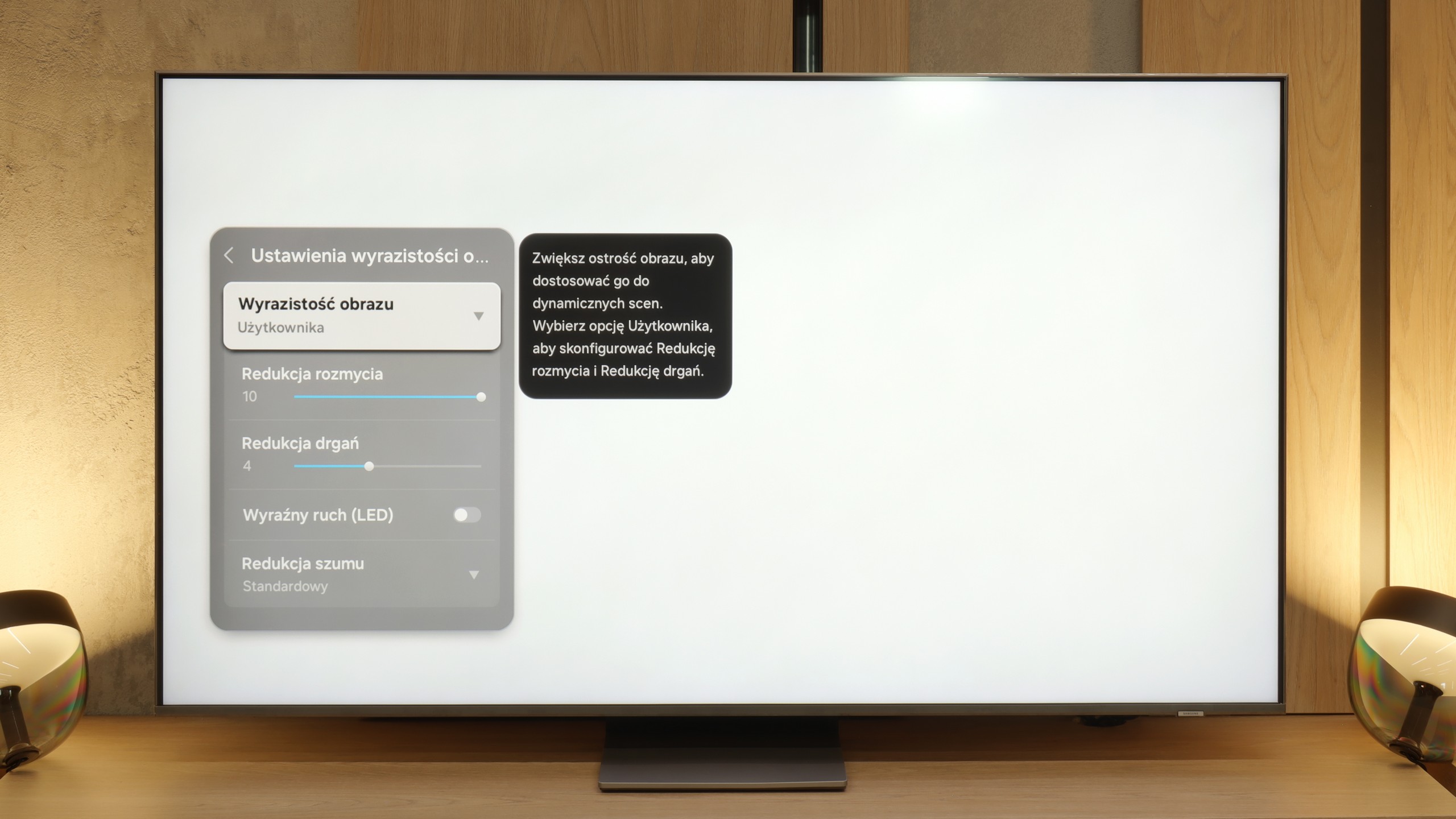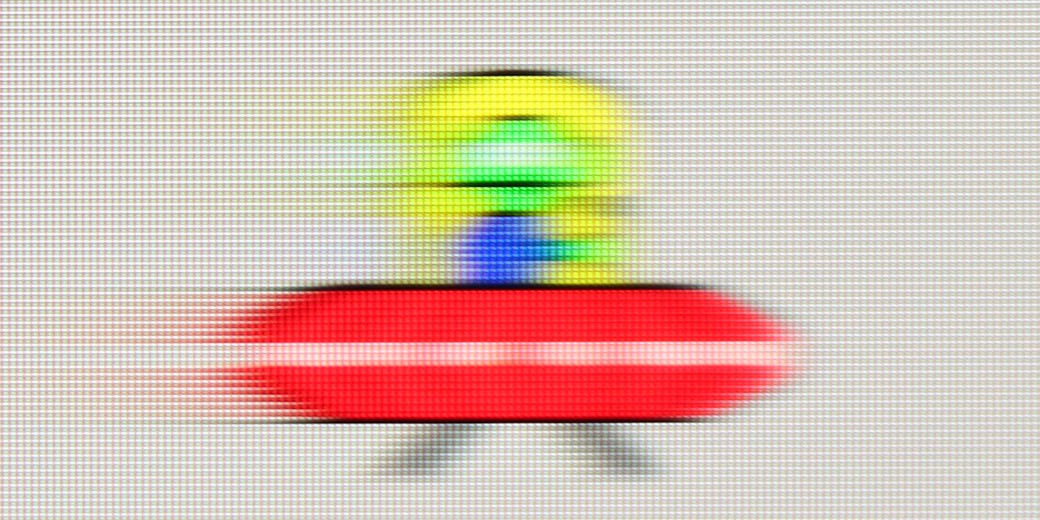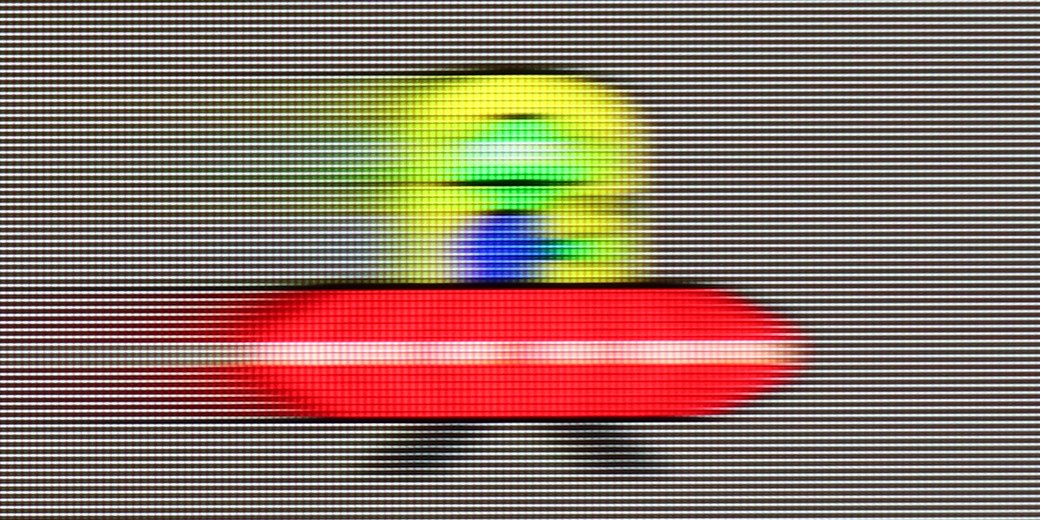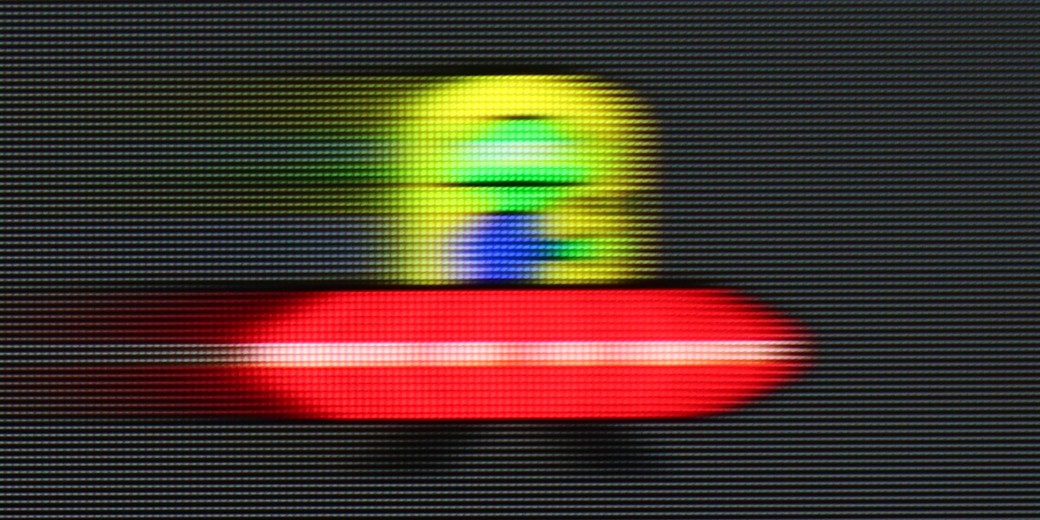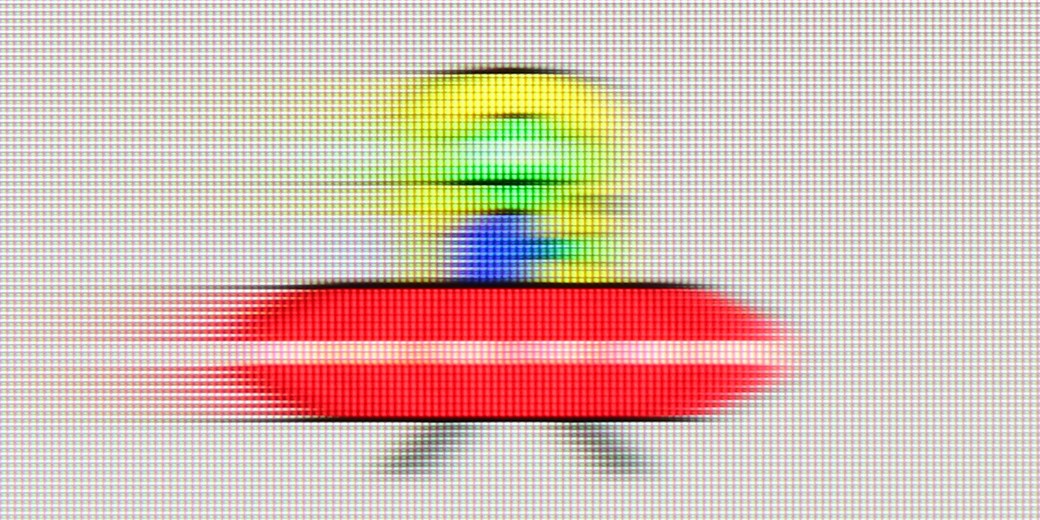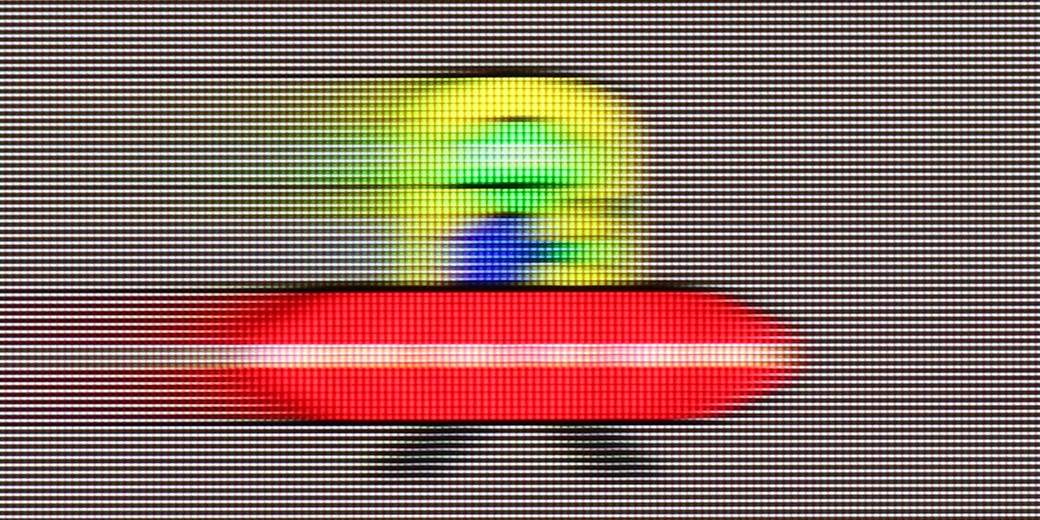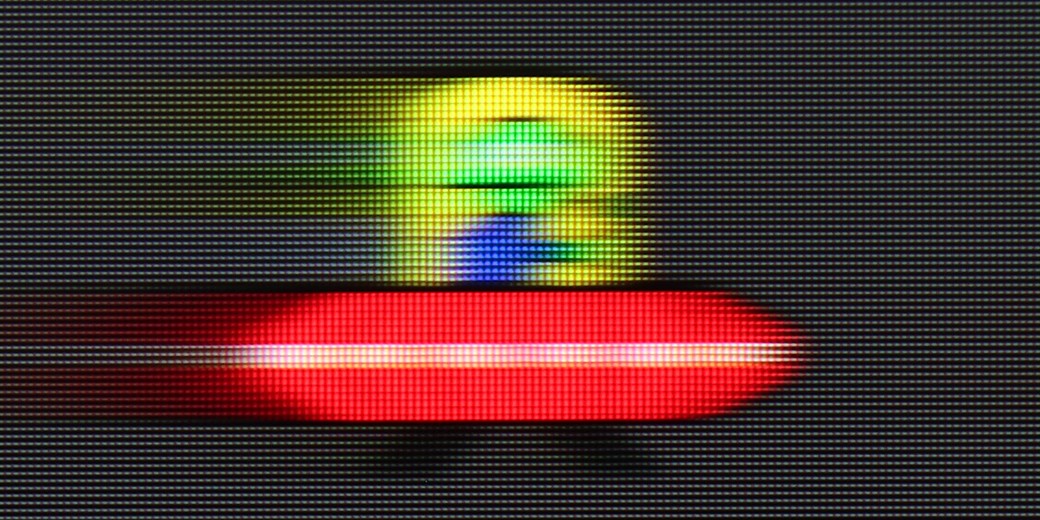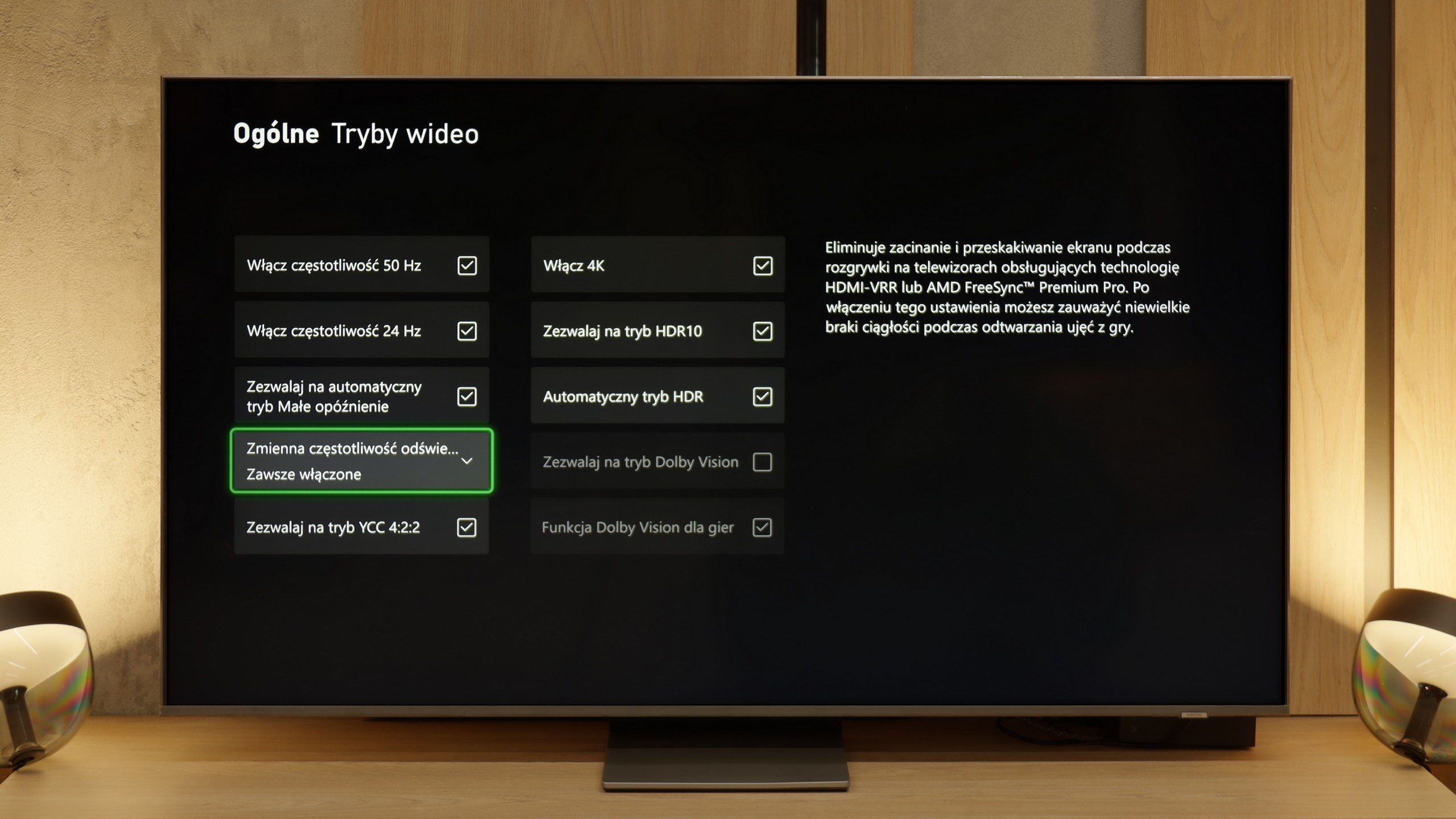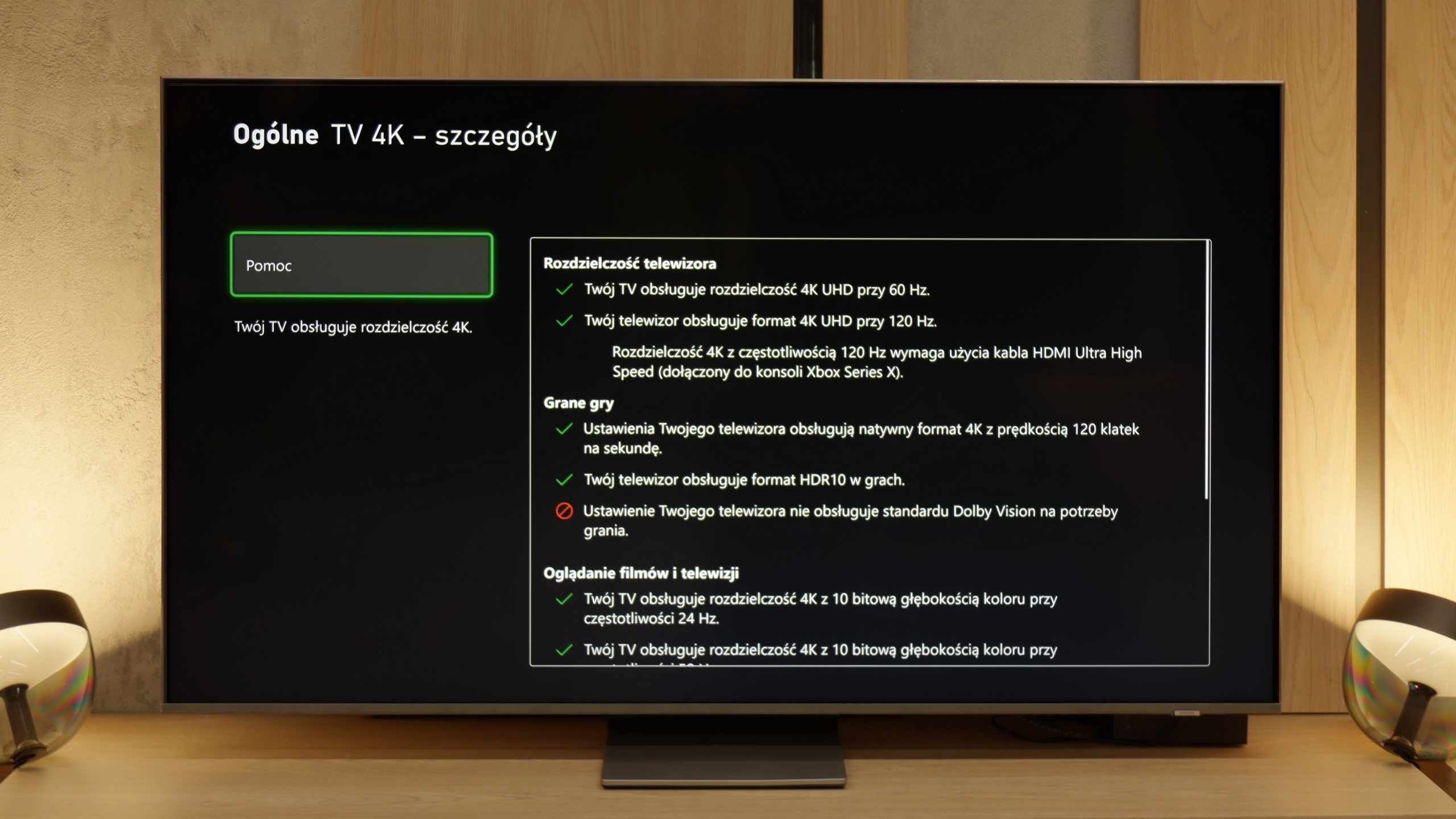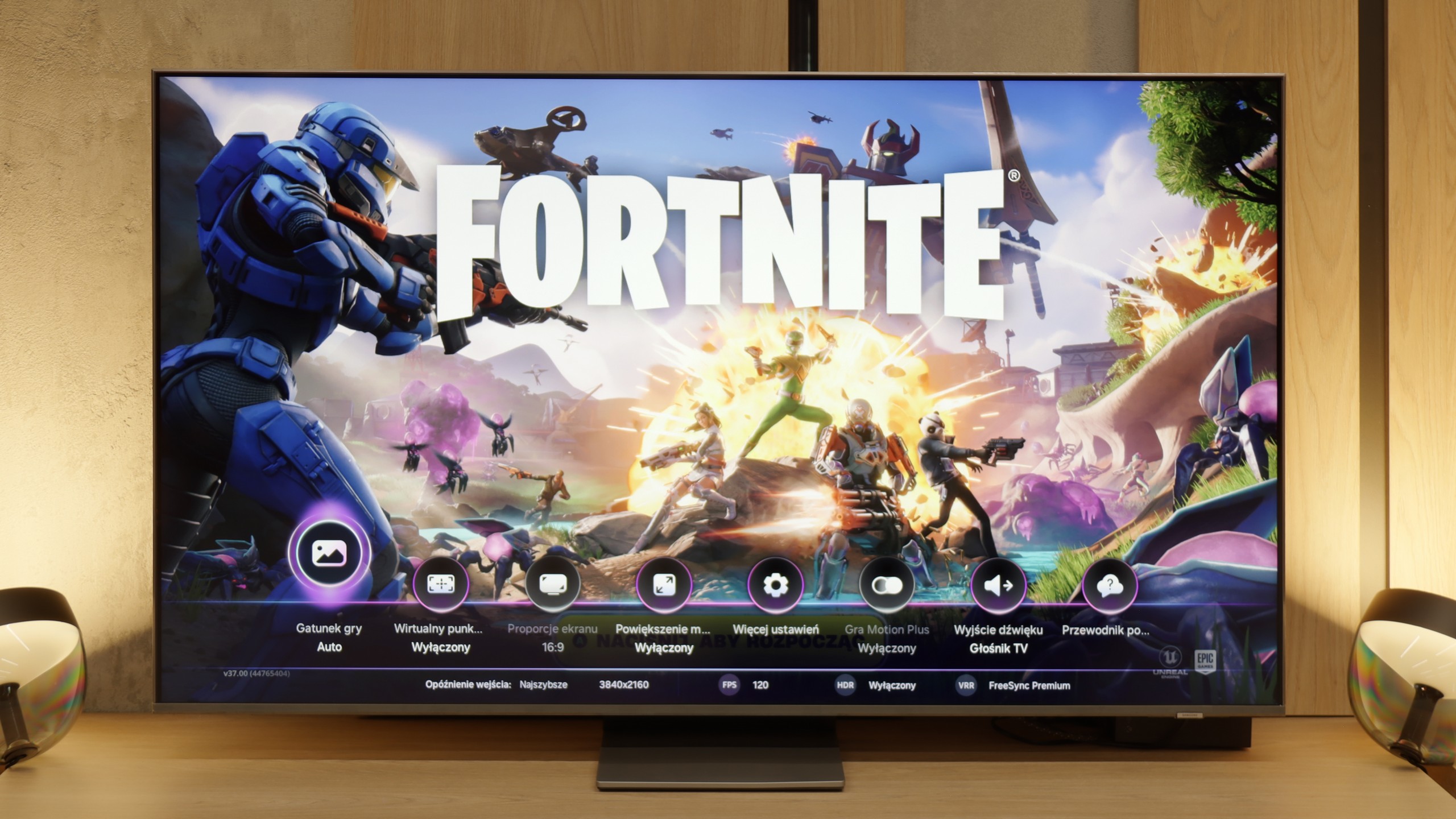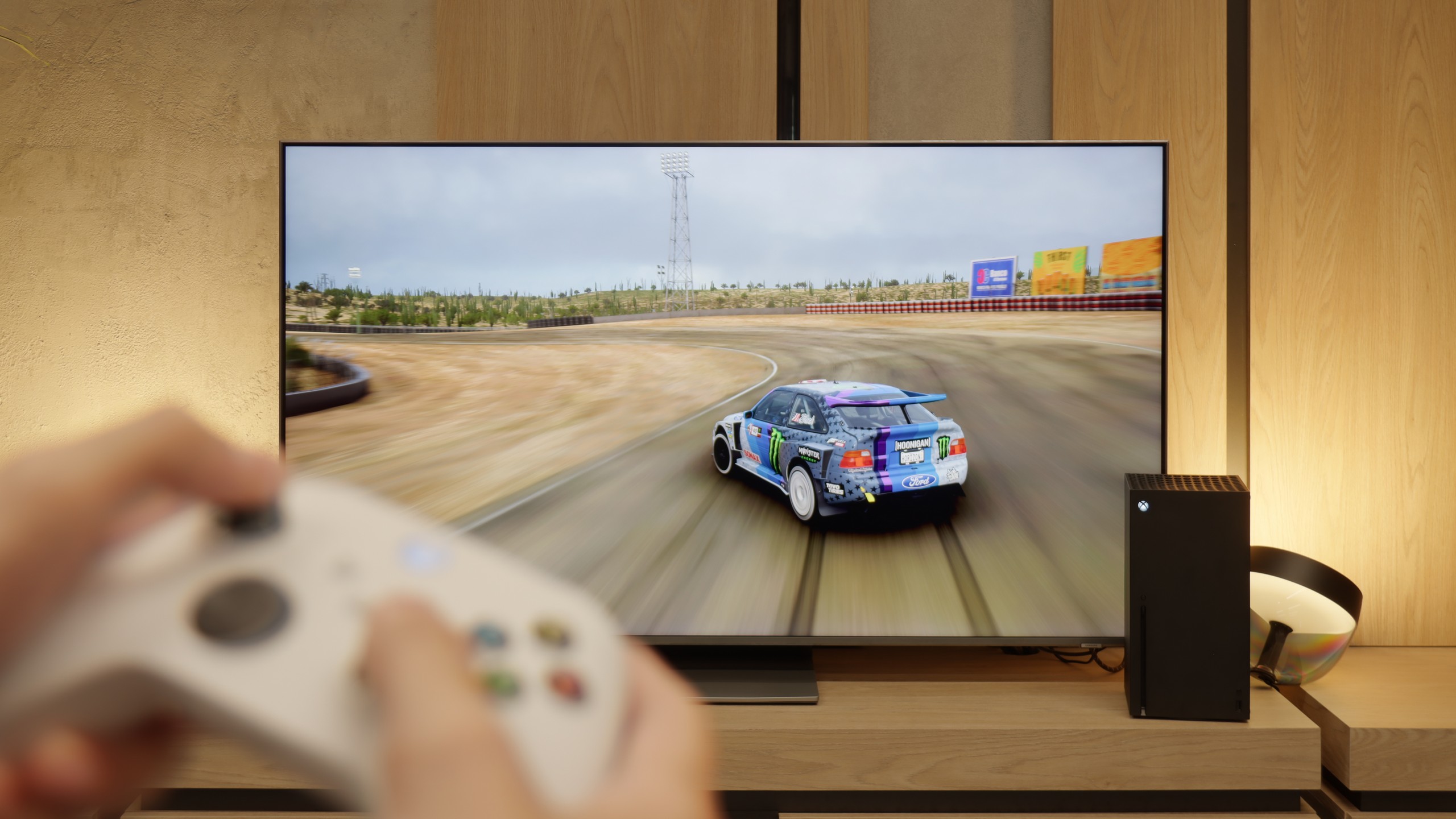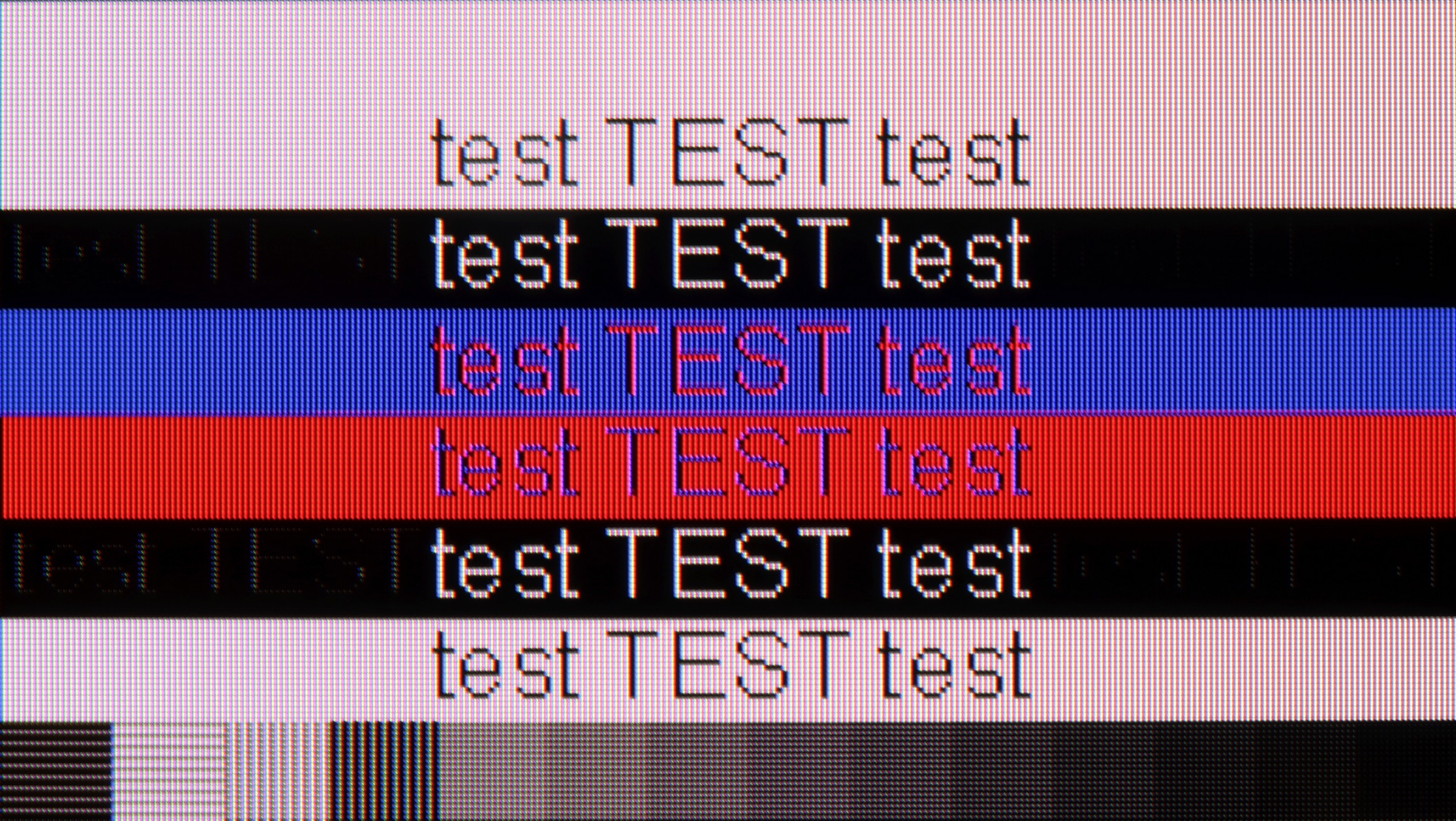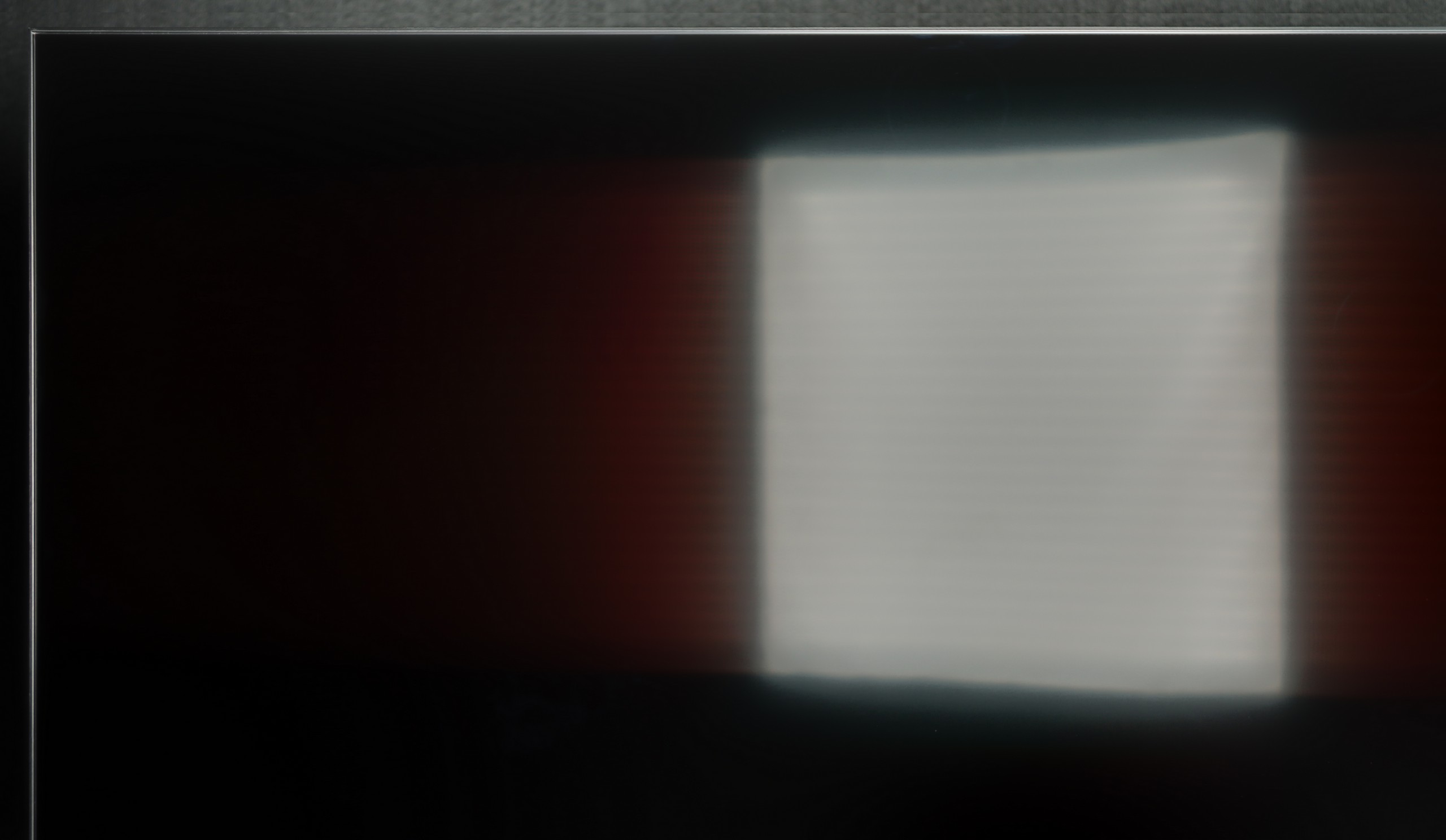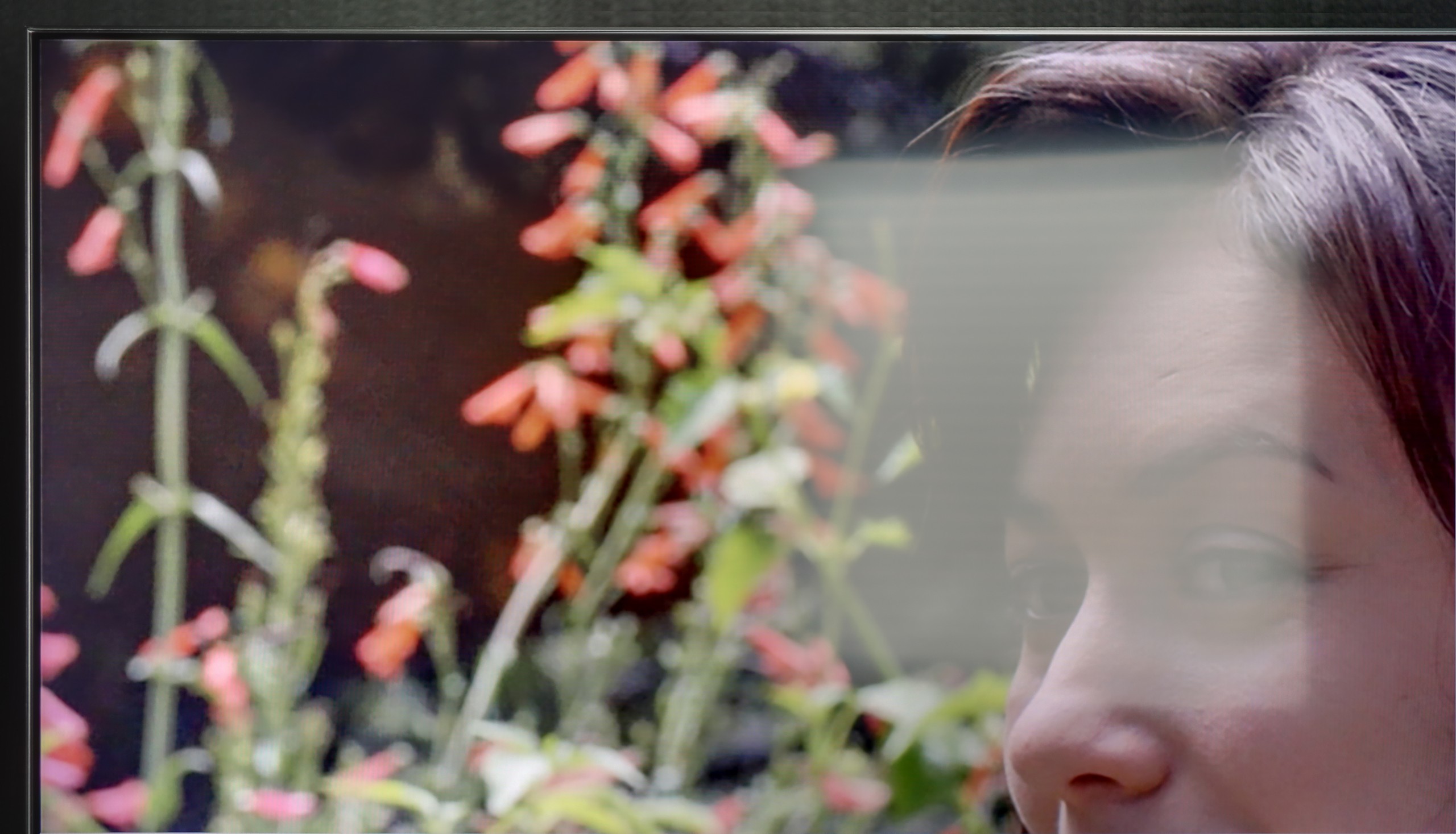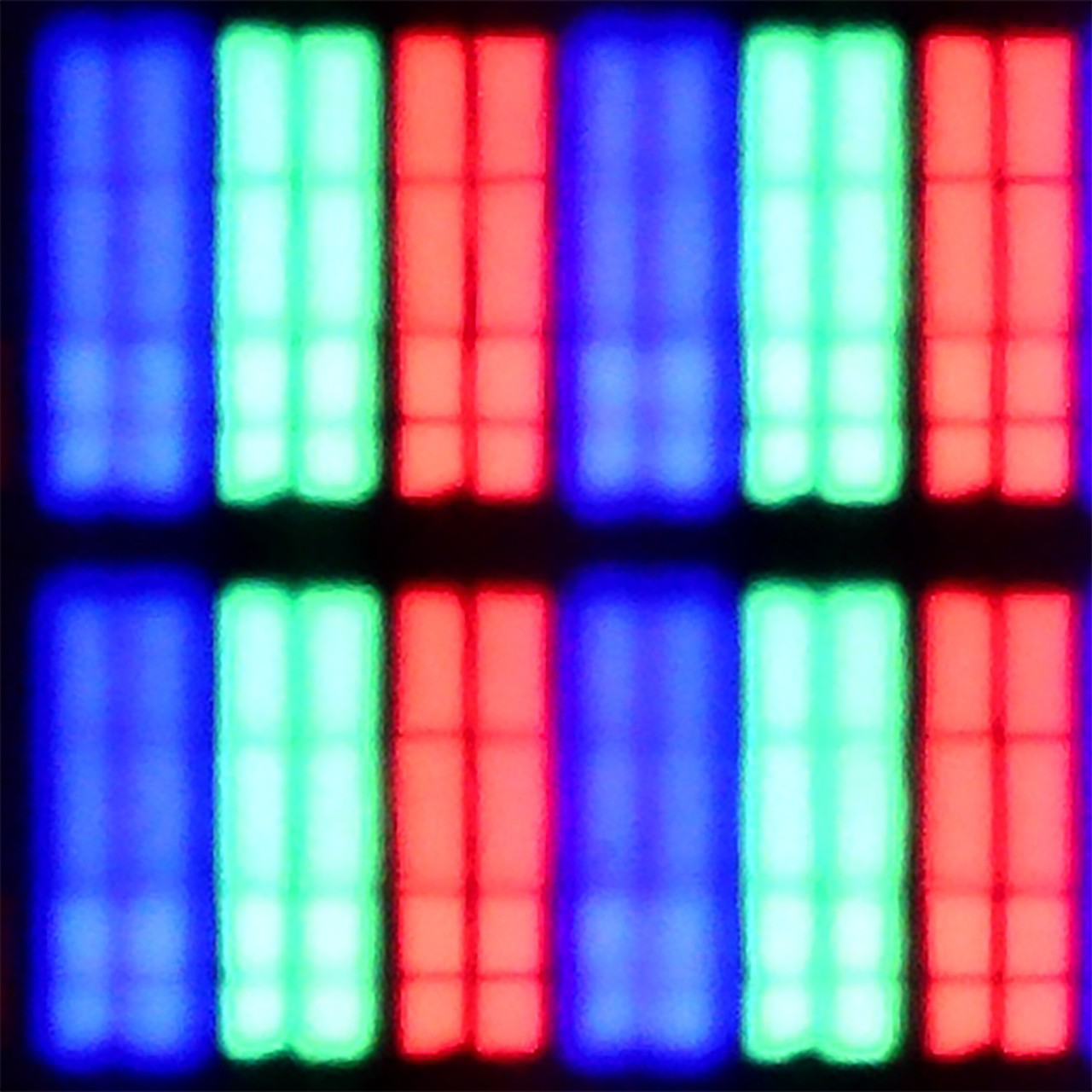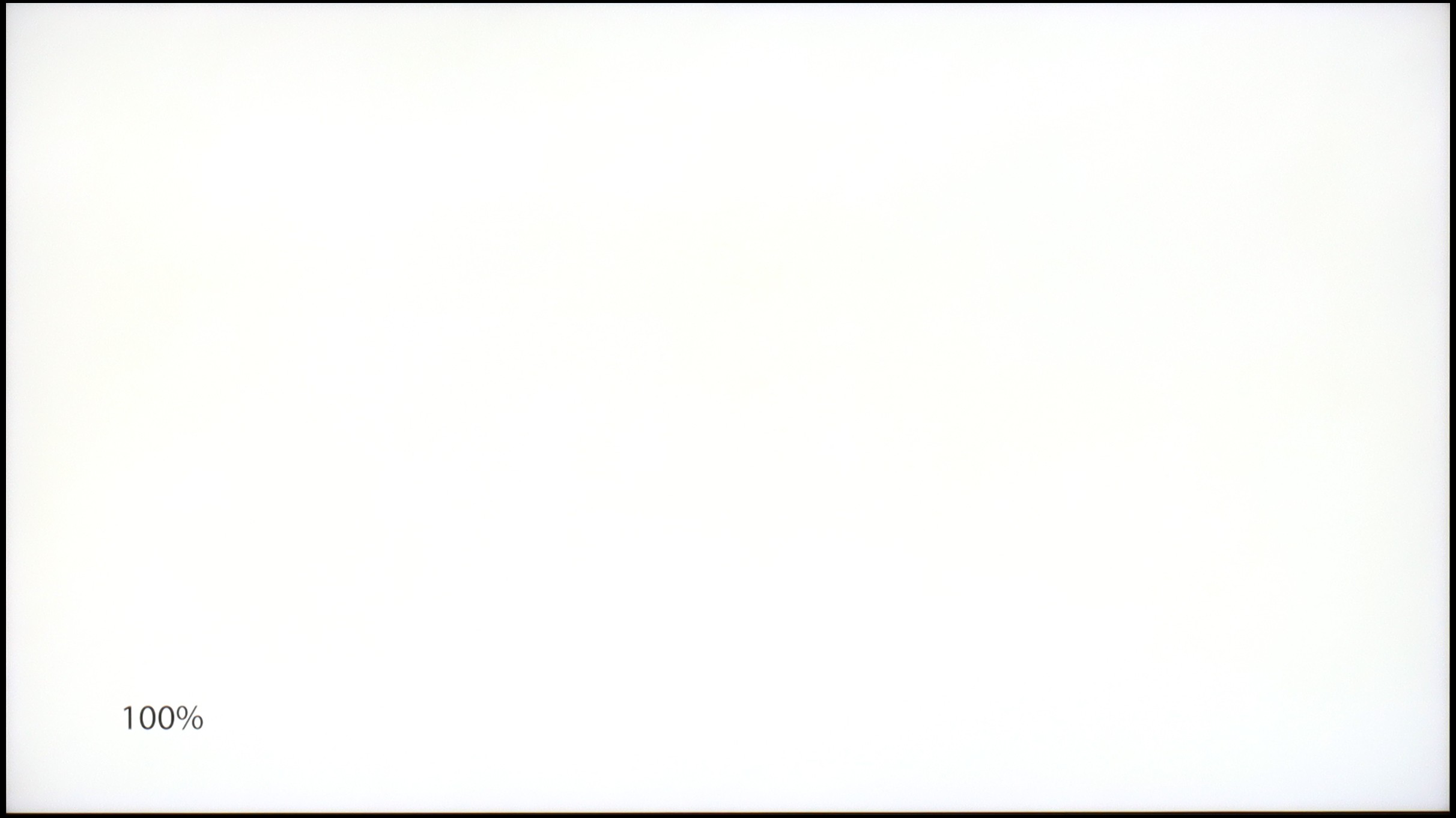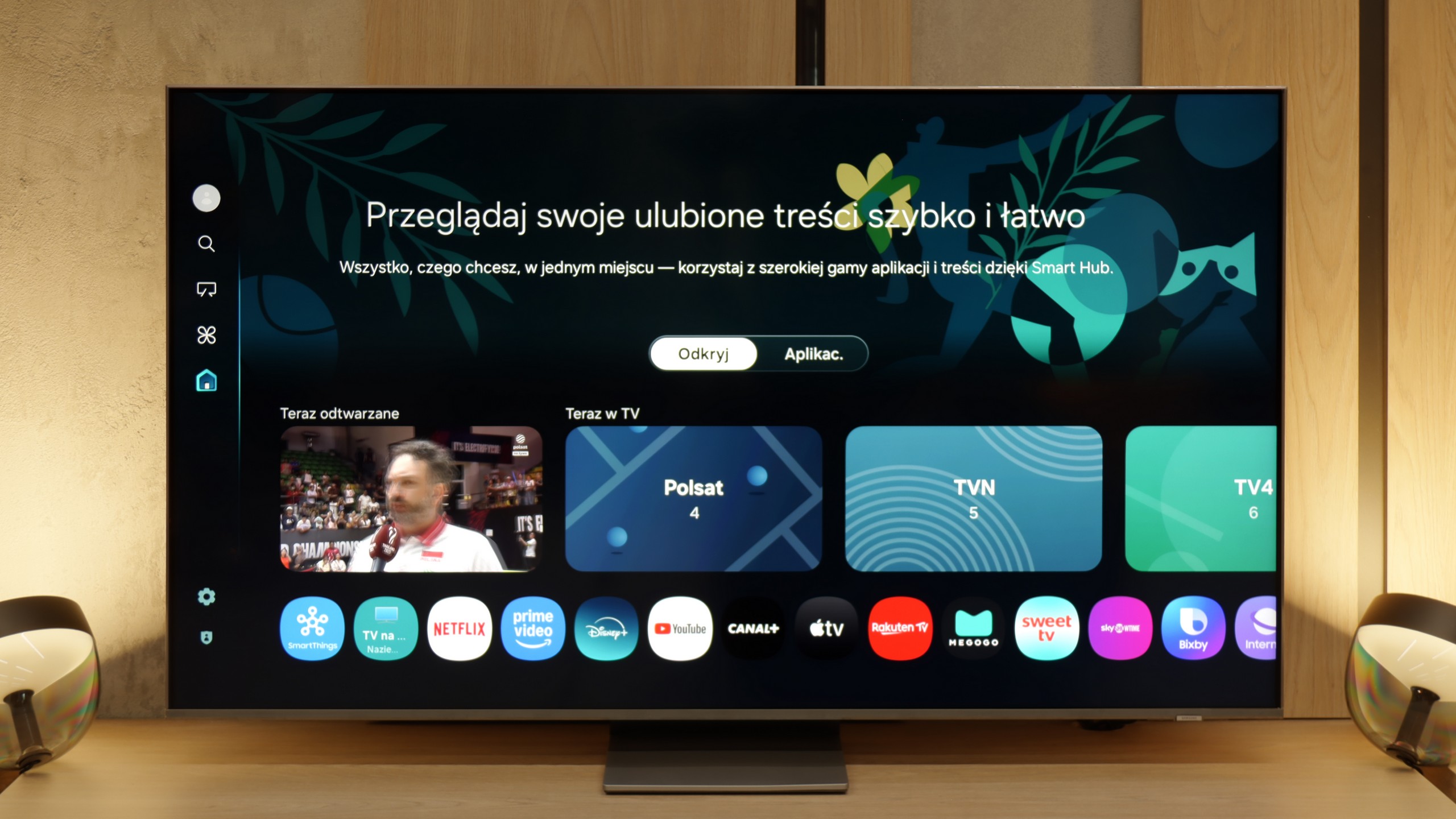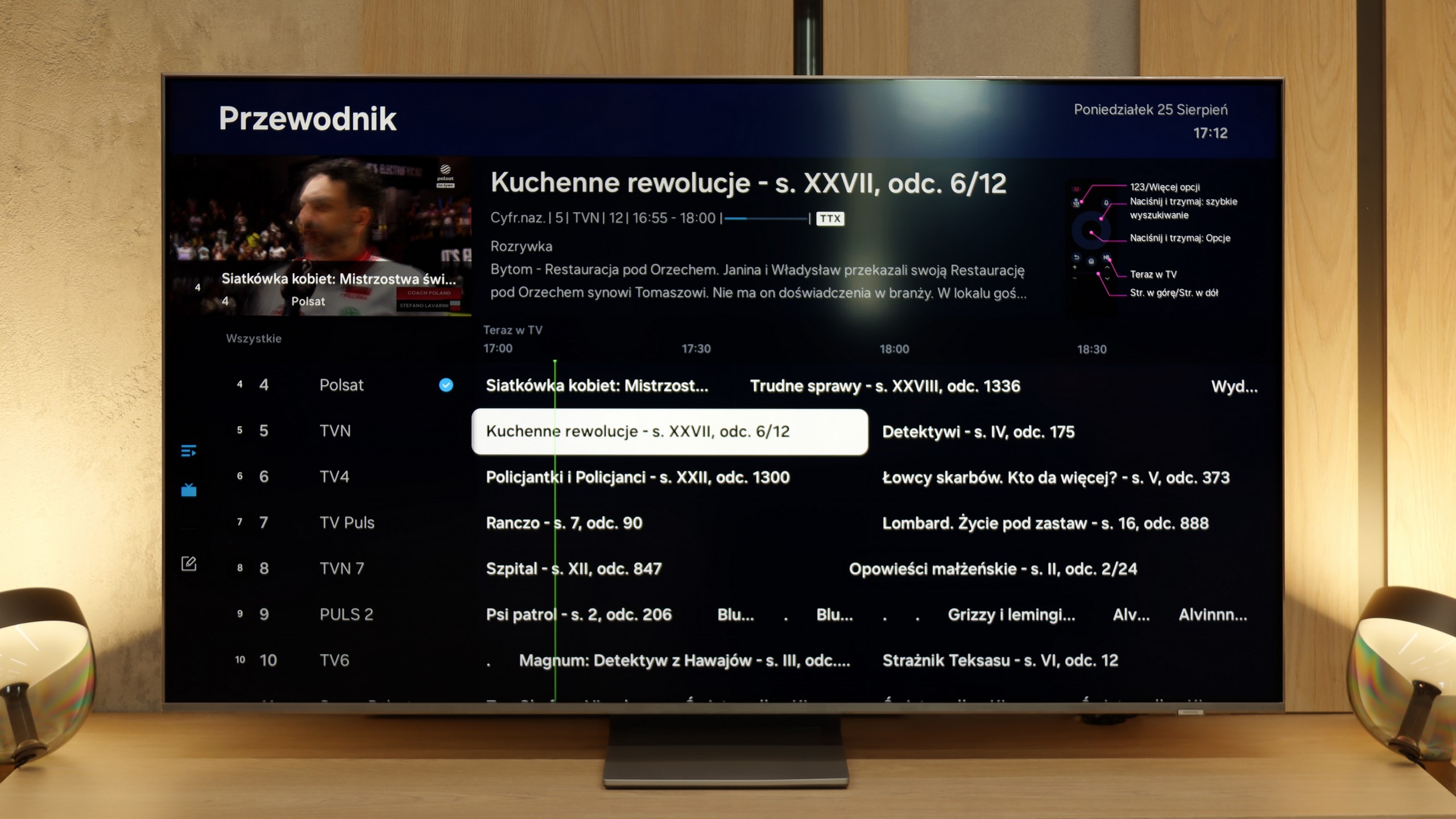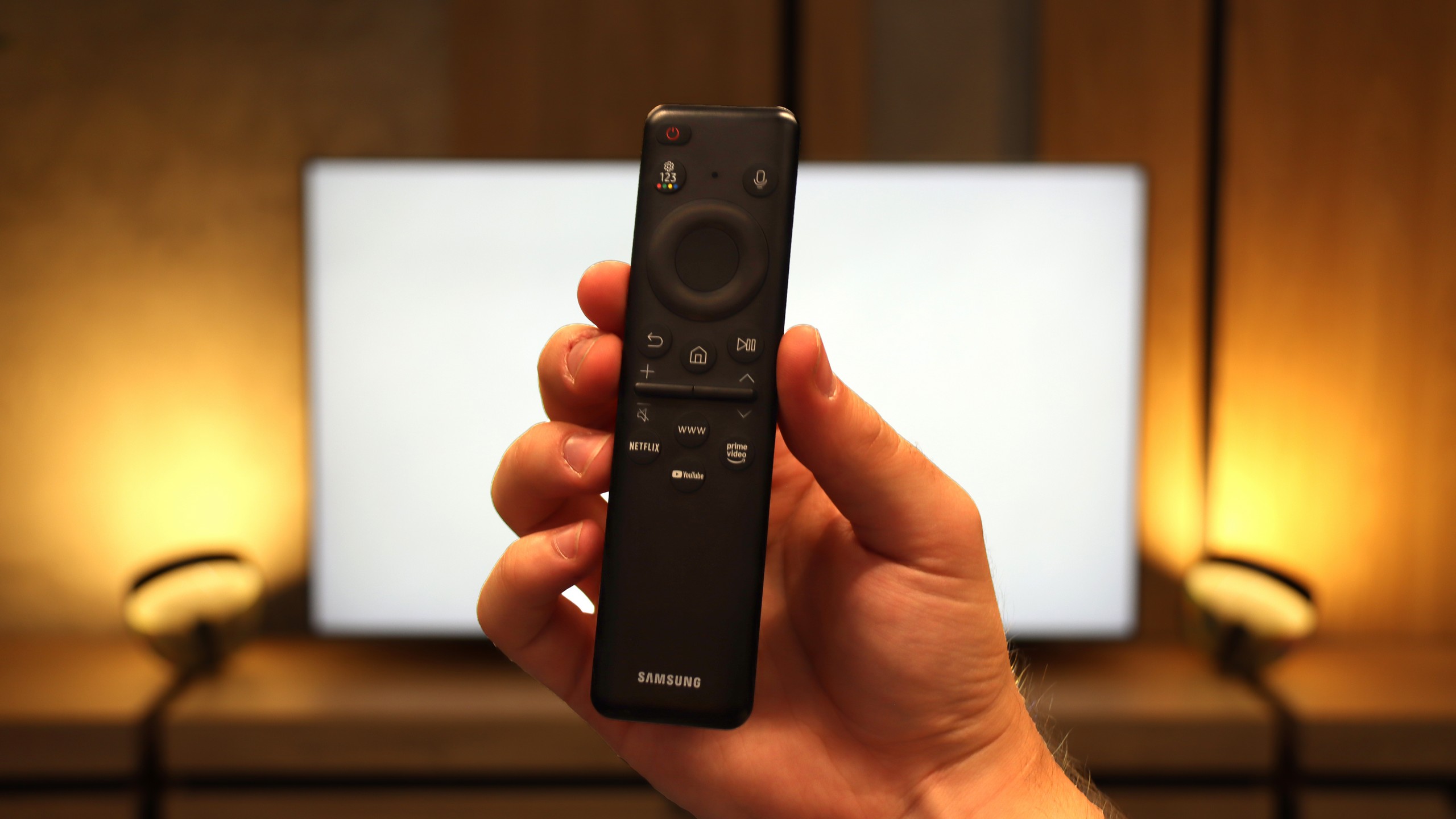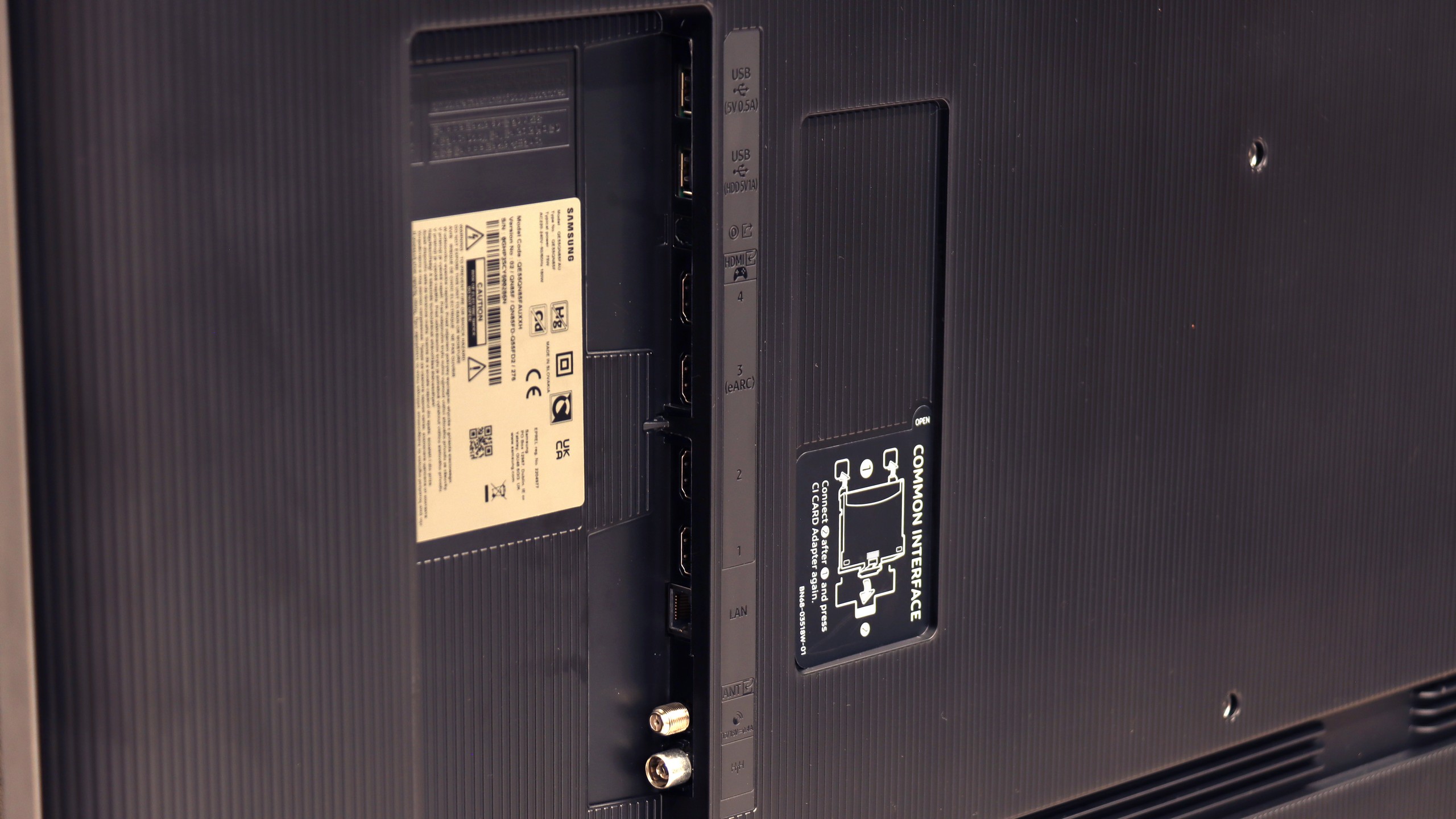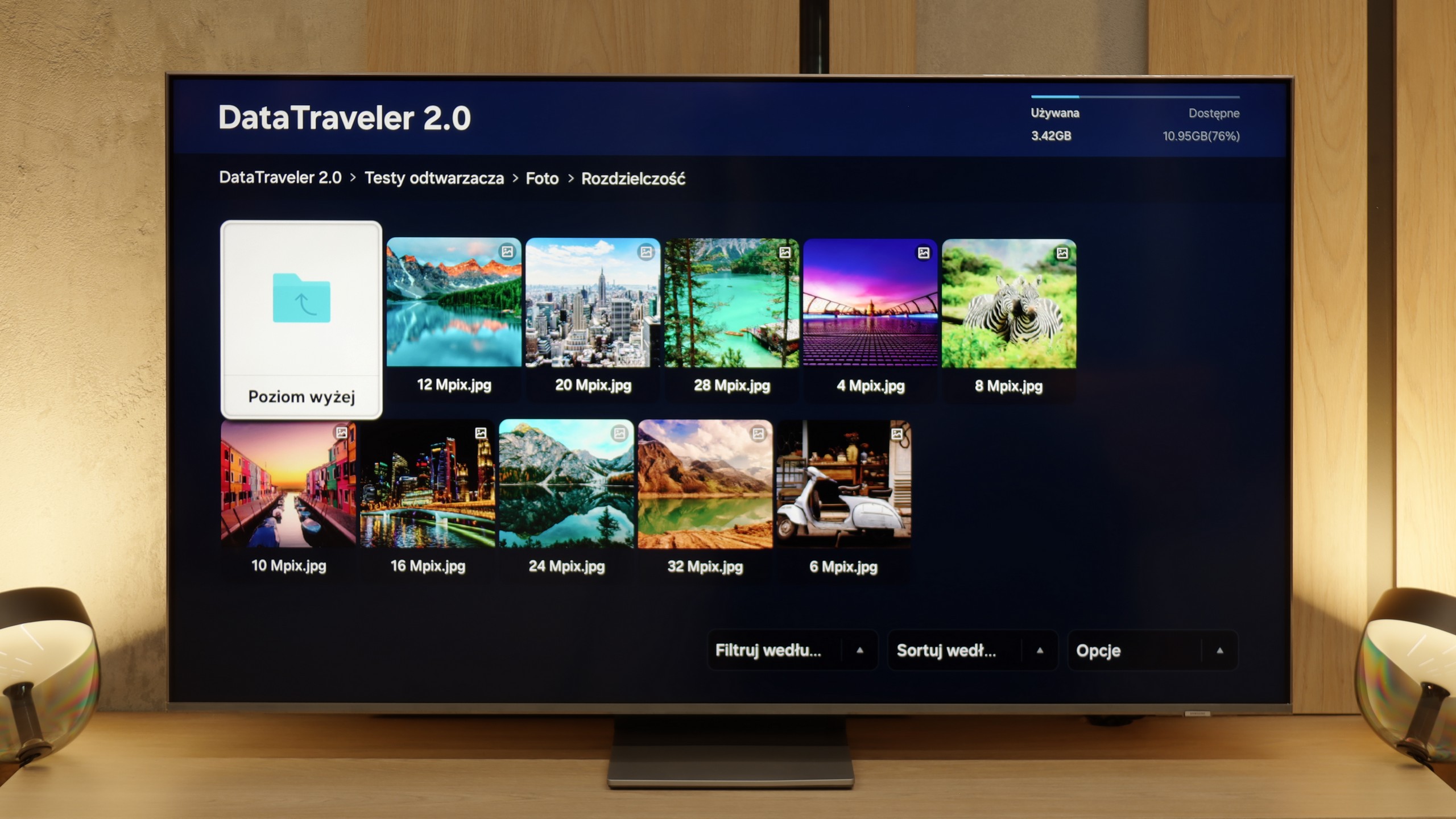A range of features on the Samsung Q80D television significantly enhances user comfort. Its advanced Tizen system provides an intuitive and smooth interface, making it quick and easy to navigate through apps and settings. With support for a wide array of applications, including popular streaming services, users can access diverse entertainment content without needing additional devices. Notably, the 2024 update includes support for the Polish language.
Additionally, the eco-friendly solar remote control offers convenience for everyday use, as it can also manage other devices such as home theatres, decoders (e.g., Canal+), and gaming consoles, which can be challenging for competing manufacturers. Gamers will appreciate several features tailored to enhance their experience. The television supports Variable Refresh Rate (VRR) technology, providing smoother game displays and reducing tearing and stuttering. With low input lag, responses in games are quick and precise.
The Game Bar function allows for easy access to key gaming settings without leaving the game, enabling adjustments to parameters such as VRR, input lag, frames per second (FPS), screen ratios, and sound settings, allowing gamers to optimize their experiences in real time. Additionally, the television supports AirPlay for effortless content streaming from Apple devices and connects to various Bluetooth devices, such as mice and headphones, increasing versatility.
However, it is important to note the lack of USB recording support and the absence of DTS audio format compatibility. This limitation means that content encoded in DTS may not be correctly reproduced, which could pose issues for those using Blu-ray discs or multimedia files that rely on this format for high-quality surround sound. To fully enjoy the audio experience, users might need to consider an external player or soundbar that supports DTS.
Smart TV and Tizen System
The Samsung QN85F runs on the proprietary Tizen operating system, which has been one of the strongest points of the Korean manufacturer for years. The platform operates quickly, is comprehensive, and provides access to virtually all necessary applications. We have AirPlay support, the ability to mirror the screen, voice search, and a very clear interface. Everything is controlled by a remote with a minimal number of buttons, designed to give us quick access to the most important applications.
Classic TV Features
When it comes to classic television functions, the QN85F offers a rather basic set. The EPG interface is readable and easy to use, resembling a traditional teletext program list. A downside is the lack of USB recording and the absence of PiP functionality, which Samsung offered in many other models. This is because the QN85F uses single tuners. For some people, this may be a drawback, but looking at how few viewers today use traditional linear television, it will not matter much for most users.
SmartThings and Device Support
A strong element of the entire platform is the SmartThings application. With it, we can integrate the television with other home devices—not just those from Samsung. We can connect Philips Hue or Yeelight smart lighting, video intercoms, and many other devices to the system. SmartThings also allows us to control the television without using the traditional remote— we can use the app on our smartphone, mouse mode, or gesture control if we have a Samsung smartwatch. This makes the QN85F part of a larger ecosystem and fits excellently into the trend of the IoT smart home.

